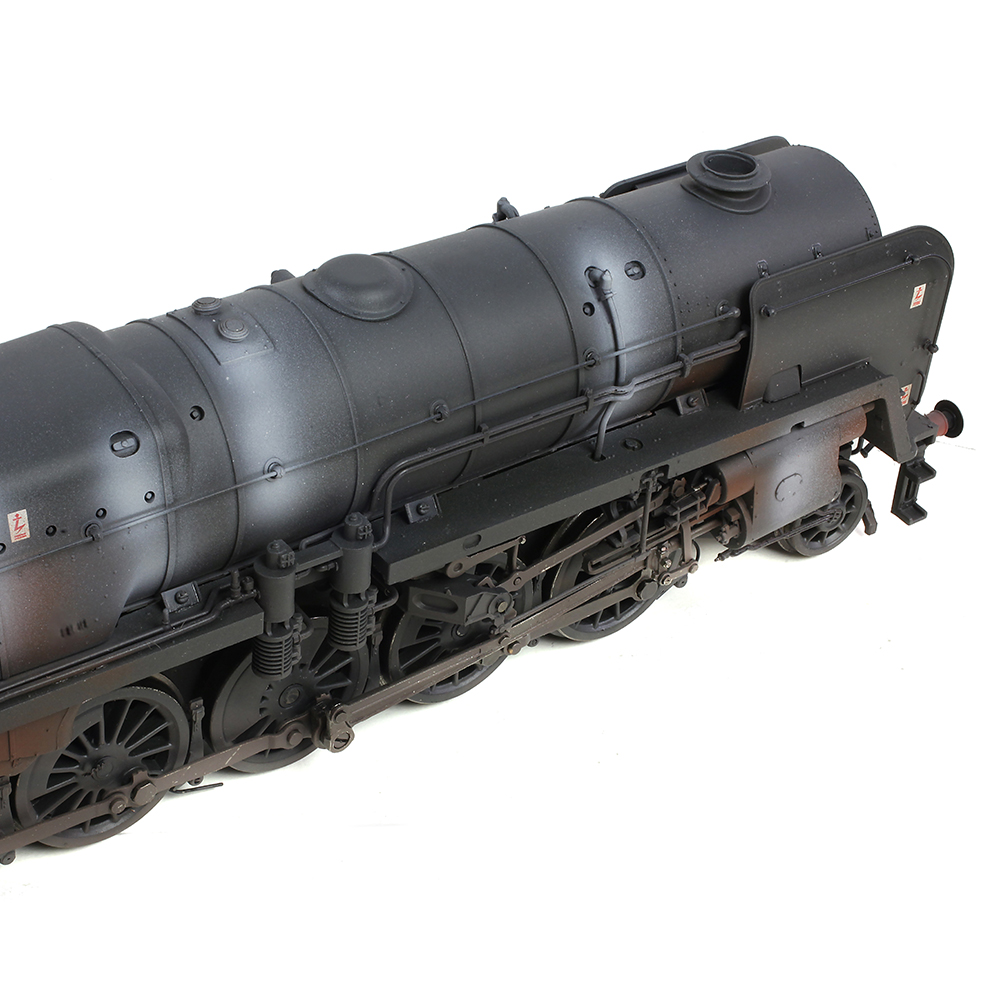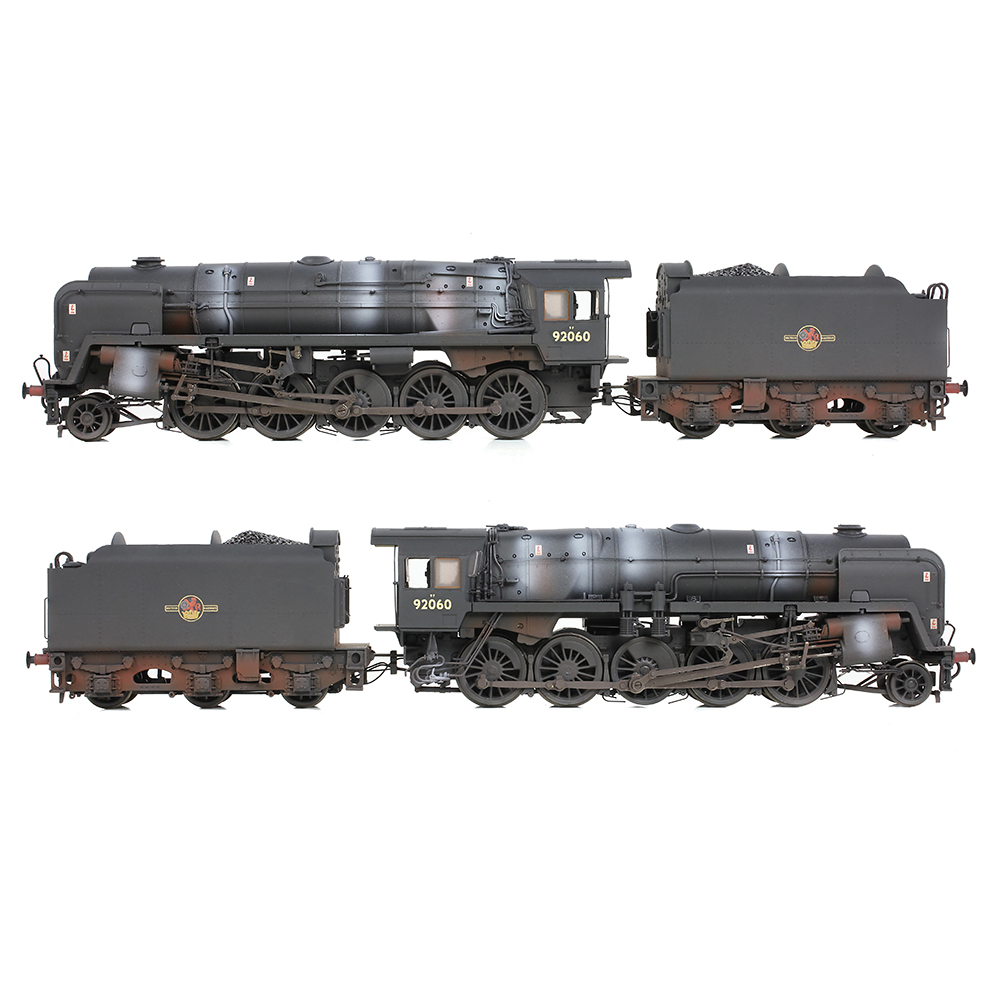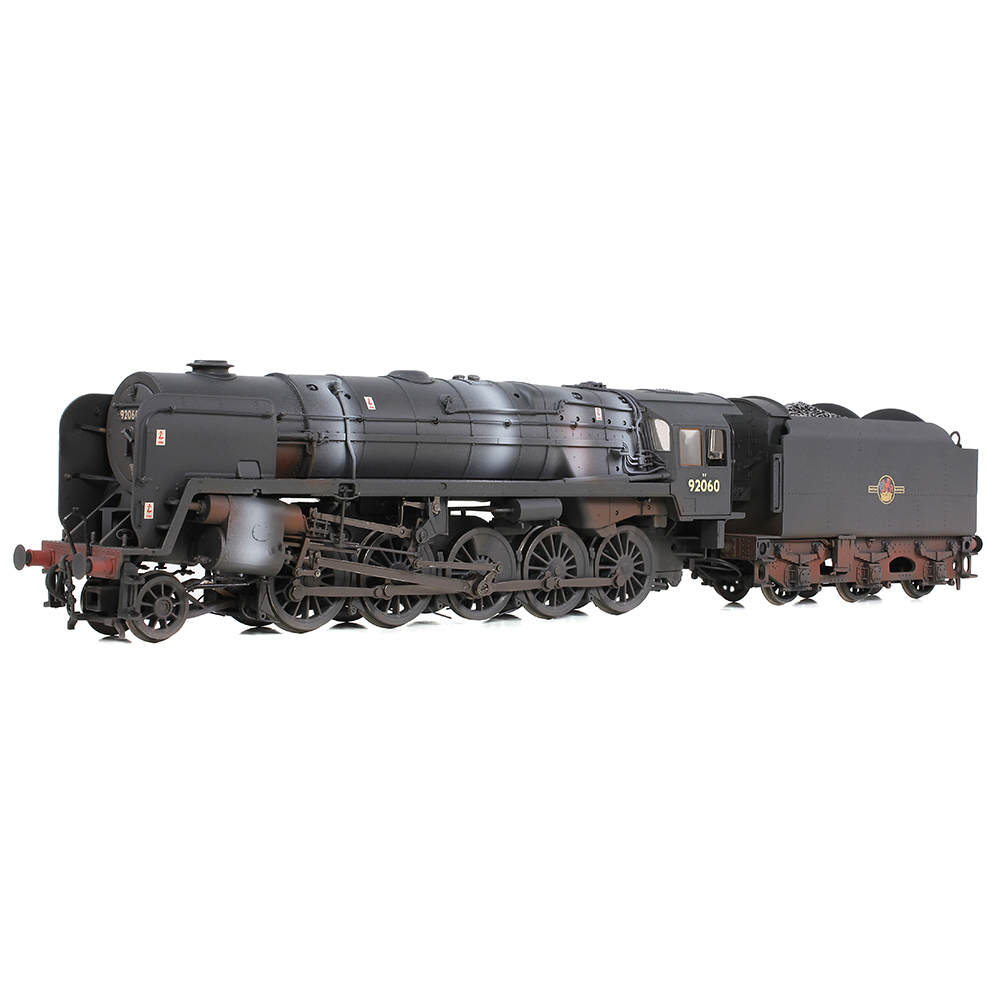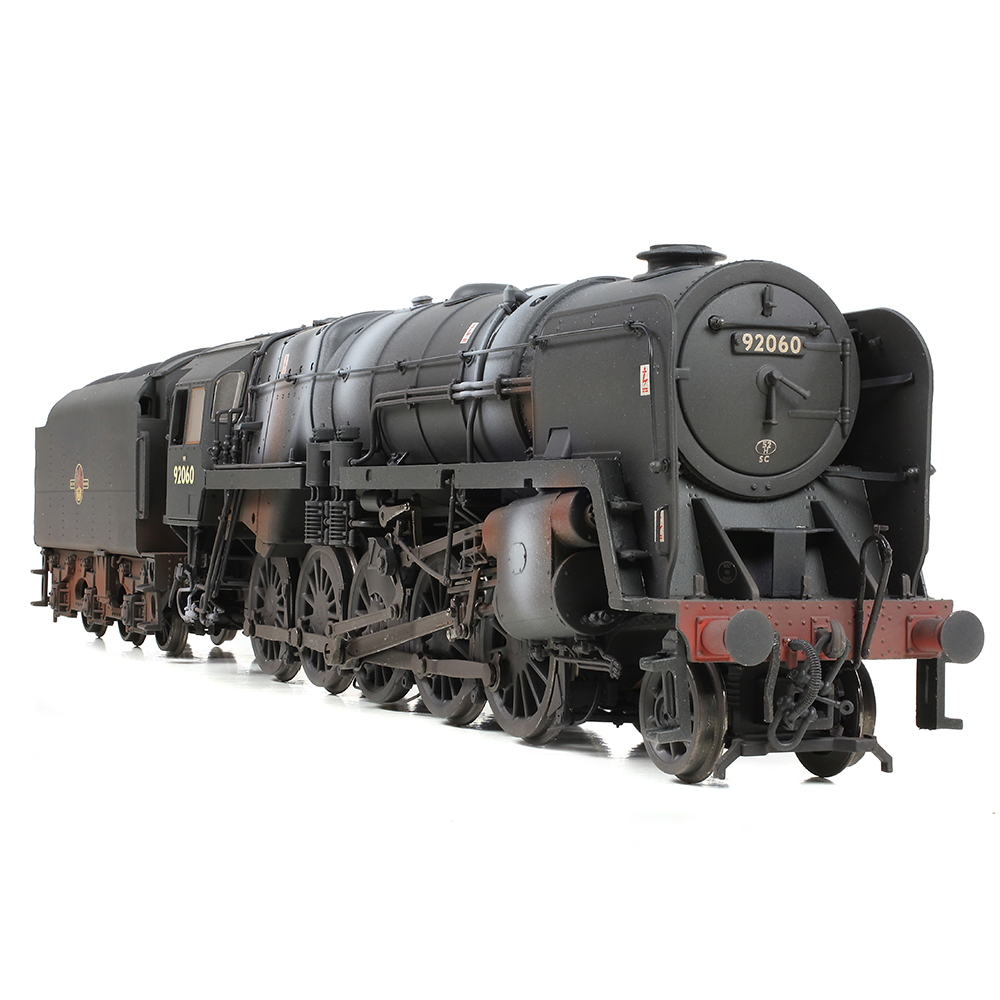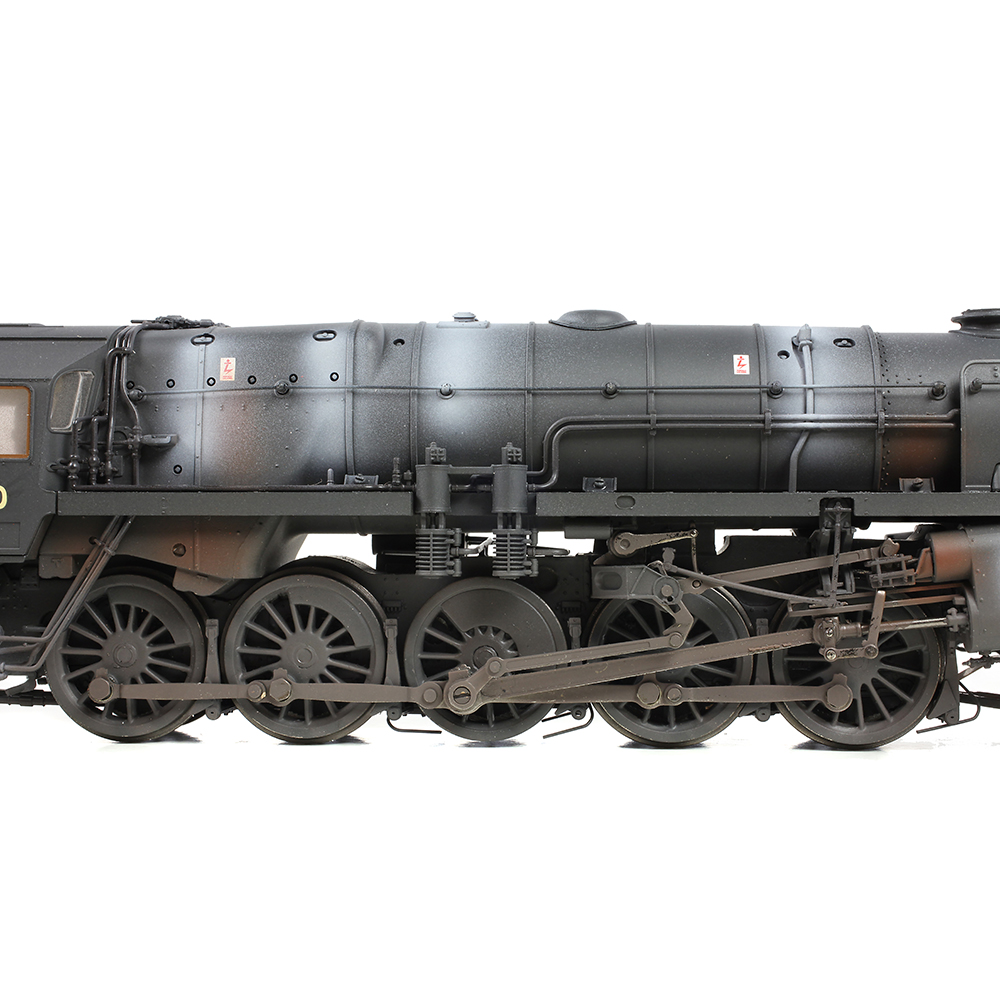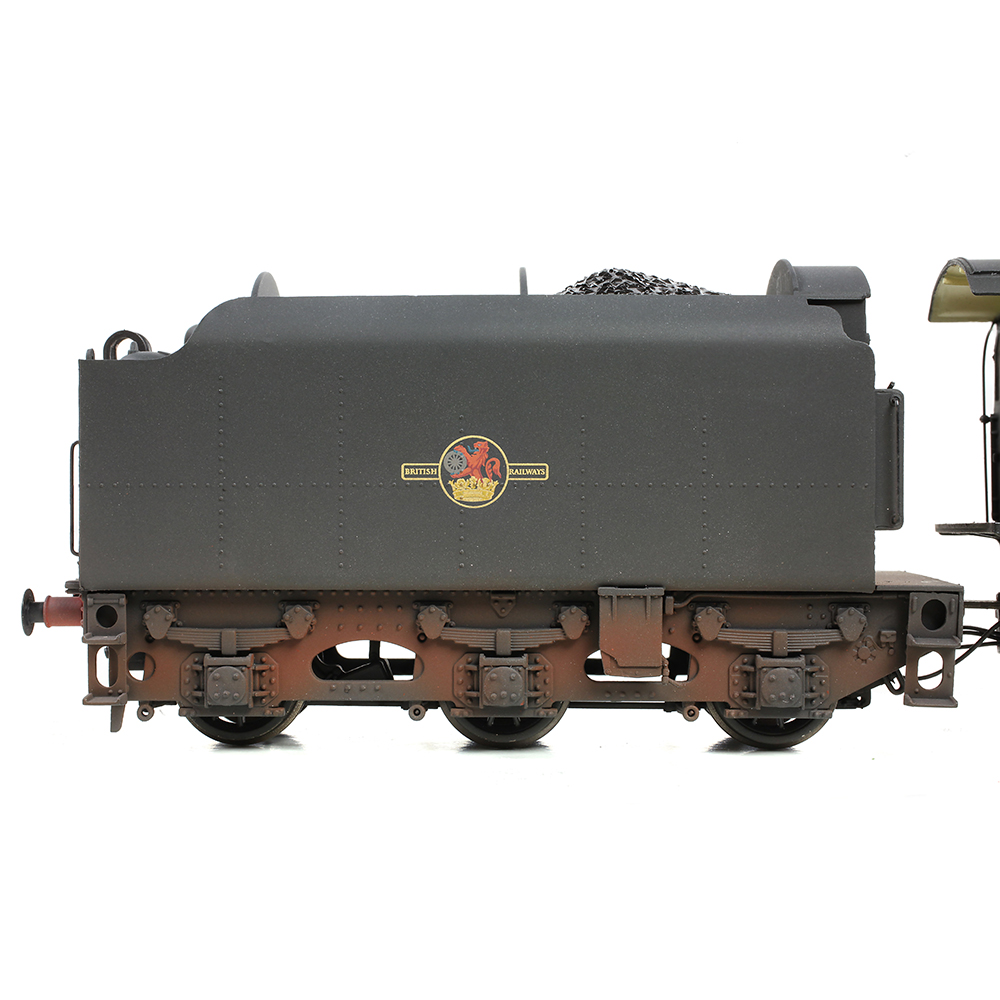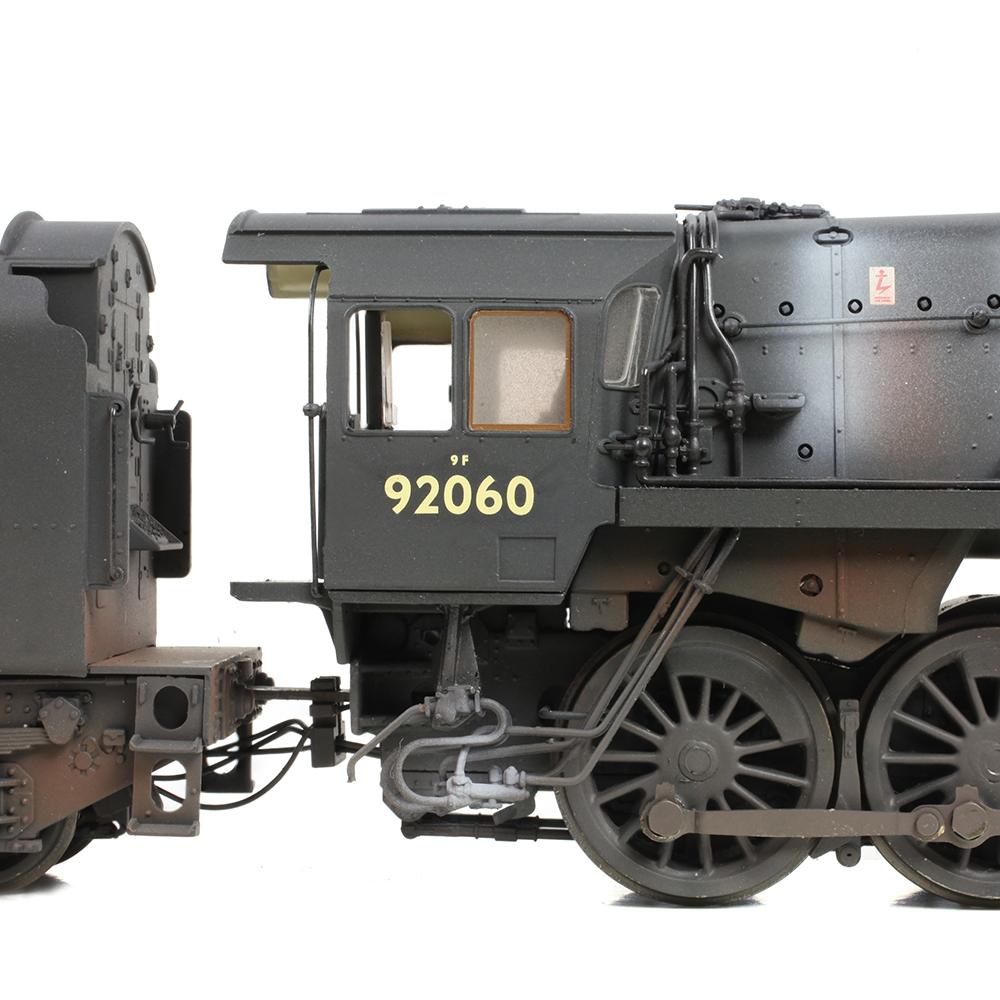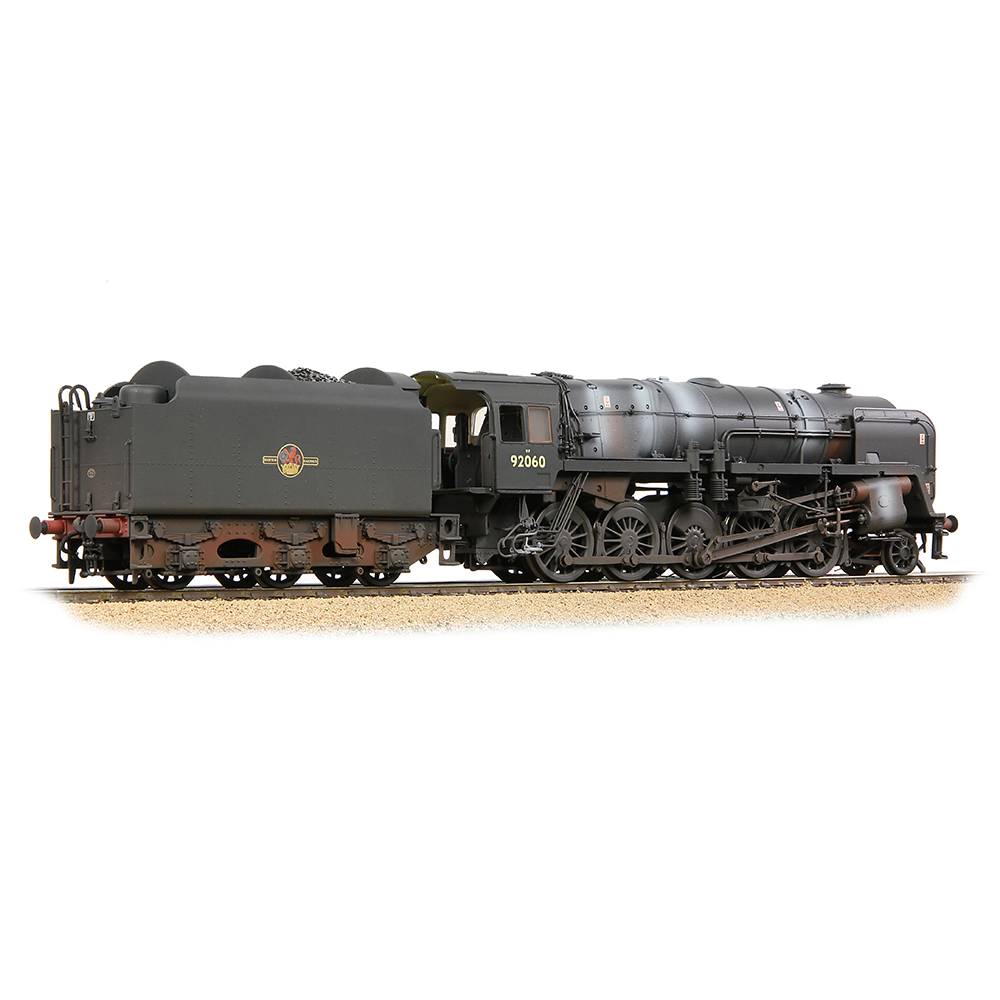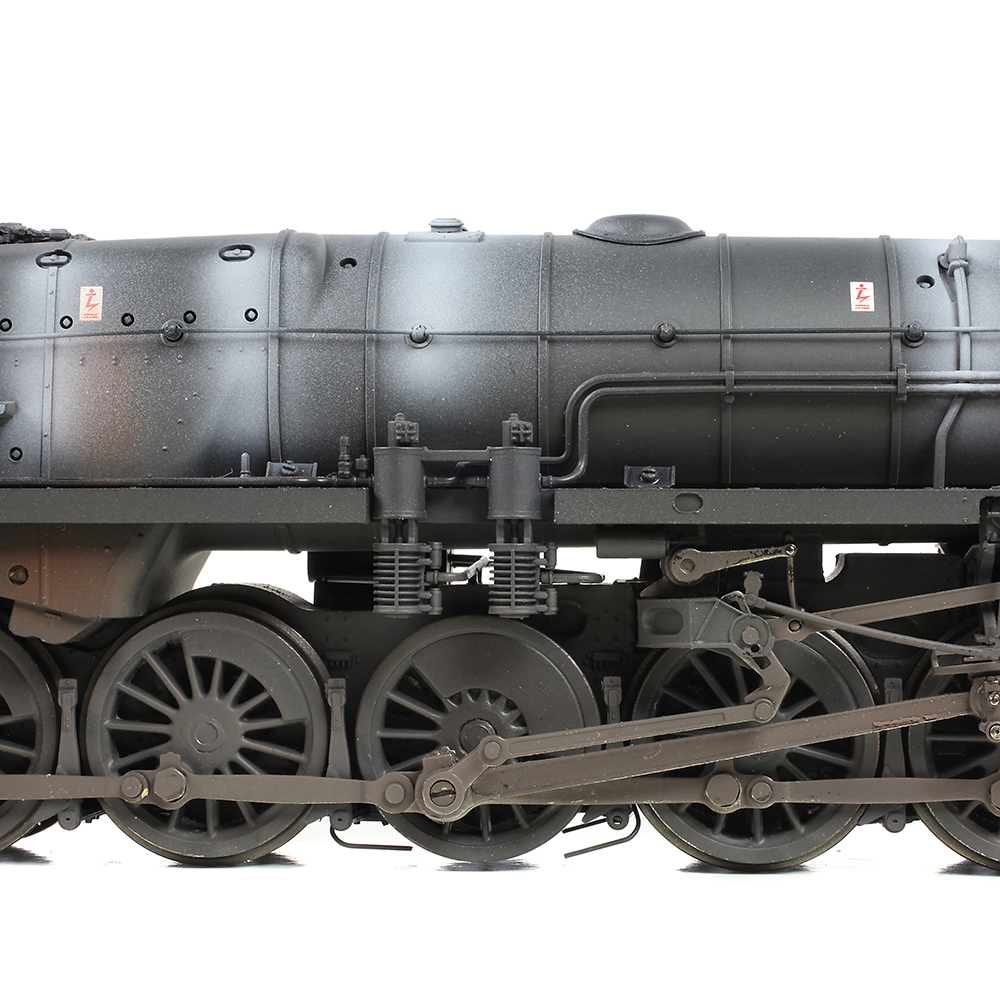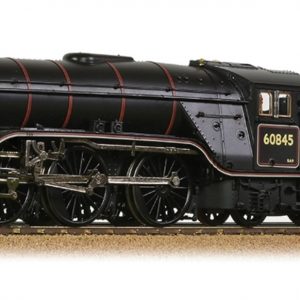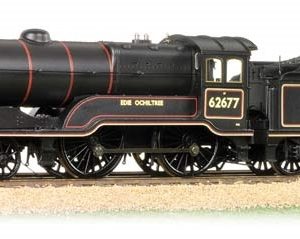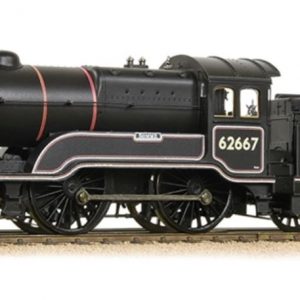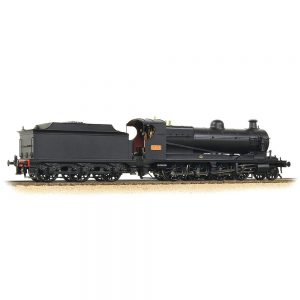Description
The Tyne Dock 9Fs were some of the most powerful steam locomotives to have run in Britain and now these impressive locomotives are reproduced in OO scale for the first time. Taking the award winning Branchline 9F as our basis, new tooling has been produced to accurately model the ten locomotives that were fitted with Westinghouse Air Pumps and sent to Tyne Dock. Sporting a Plux22 DCC interface and pre-fitted speaker just like our standard 9Fs, this Tyne Dock example is a fitting tribute to one of BR’s most successful standard designs. The Tyne Dock 9Fs would see just ten years of service before their withdrawal and the locomotive depicted by this Bachmann Branchline SOUND FITTED model, No. 92060, is presented in a typically weathered, work stained condition befitting the fleet.
The Branchline OO scale BR Standard Class 9F locomotive is an imposing model and with its high fidelity, exquisite detailing and powerful performance, it forms the perfect basis for our new Tyne Dock models. With an impressive weight and a presence befitting the strongest of BR’s standard steam locomotive classes, the Branchline 9F is a fine choice to haul prototypical trains on your model railway. Supplied complete with SOUND FITTED, you can enjoy the added dimension of realistic sound effects when operated on analogue control or DCC straight out of the box!
MODEL FEATURES:
- Bachmann Branchline OO Scale
- Era 5
- Weathered BR Black (Late Crest) livery
- Running No. 92060
- Coupled to a BR1B Tender
- Single Chimney
- Removable Coal Load with coal space modelled below
- Adjustable Tender Drawbar (two settings)
- Accessory Pack
- NEM Coupling Pockets
- Sprung Buffers
- Powerful 5 Pole Motor
- SOUND FITTED – Fitted with a ESU Loksound V5DCC Sound Decoder – See below for the function list
- Length 275mm
SOUNDS:
F1 – Sound On / Sound Off
F2 – Brake (Non-Latching)
F3 – Cylinder Drain Cocks
F4 – Whistle (Playable)
F5 – Normal Load / Heavy Load
F6 – On – Firebox Door Opening / Off – Firebox Door Closing
F7 – Injectors
F8 – Whistle
F9 – Flange Squeal (Speed Related)
F10 – Shovelling Coal (F6 must be On to activate this function)
F11 – Blower
F12 – Hand Brake (locomotive will not move with the Hand Brake applied)
F13 – Westinghouse Pump
F14 – Coupling/un-Coupling Clank
F15 – Safety Valve
F16 – Guard’s Whistle & Driver’s Response Toot
F17 – Coasting
F18 – Sound Fades Out / Sound Fades In
F19 – Shunt Mode (Reduces Speed)
F20 – Acceleration/Deceleration inertia off
F21 – Volume Control (LATCH = Volume On/Off) or (TRIGGER = cycles 6 Volume Levels)
F22 – Rail Join Clatter
F23 – AWS
F24 – Water Tank Filling
Analogue Users: Normal-load running sounds, acceleration steam chuff sounds and any other automatic and randomised sounds can be enjoyed when using this model on analogue control (DC) straight from the box – these sounds will play automatically when power is applied!
STANDARD CLASS 9F HISTORY
The British Railways BR Standard Class 9F 2-10-0 was introduced from 1954, with a total of 251 built at BR’s Swindon Works (53) and Crewe Works (198). Designed by Robert Riddles, the 9F is just one of Riddles’ BR Standard designs, with different Classes designed for specific duties with the vision that such standardisation would bring improved efficiencies to BR operations. The Class was designed primarily to haul fast, heavy freight trains, but the 9Fs also found favour on passenger turns, in particular summer holiday specials when their lack of steam heating capabilities did not present a problem.
Of the 251-strong fleet, ten locomotives were modified from the standard design and were fitted with Westinghouse Air Pumps. Entering traffic in 1956, these ten locos were sent to Tyne Dock in northeast England and were employed on iron ore trains between Tyne Dock and the Consett iron works. Along with the modified 9Fs, 56 ton bogie wagons had been built specifically for this service and these had air operated doors which allowed for quick unloading at Consett – it was these doors that the Westinghouse Air pumps operated. The ‘Tyne Dock’ 9Fs lasted in service for ten years before the final train was hauled in November 1966 by No. 92063 carrying a ‘Tyne Docker’ headboard.
Despite the first 9Fs being withdrawn in 1964 and the Tyne Dock examples all having gone by 1966, some 9Fs continued in traffic until the final months of steam on British Rail and the last was withdrawn in June 1968. In addition to ‘Evening Star’ – the 999th BR Standard to be built and the final steam locomotive outshopped by British Railways, which was saved for the National Collection following withdrawal in 1965 – eight further 9Fs were purchased by the preservation movement, mainly from the Woodham Brothers Scrapyard in Barry, but so far only six have been returned to serviceable condition in the preservation era.


